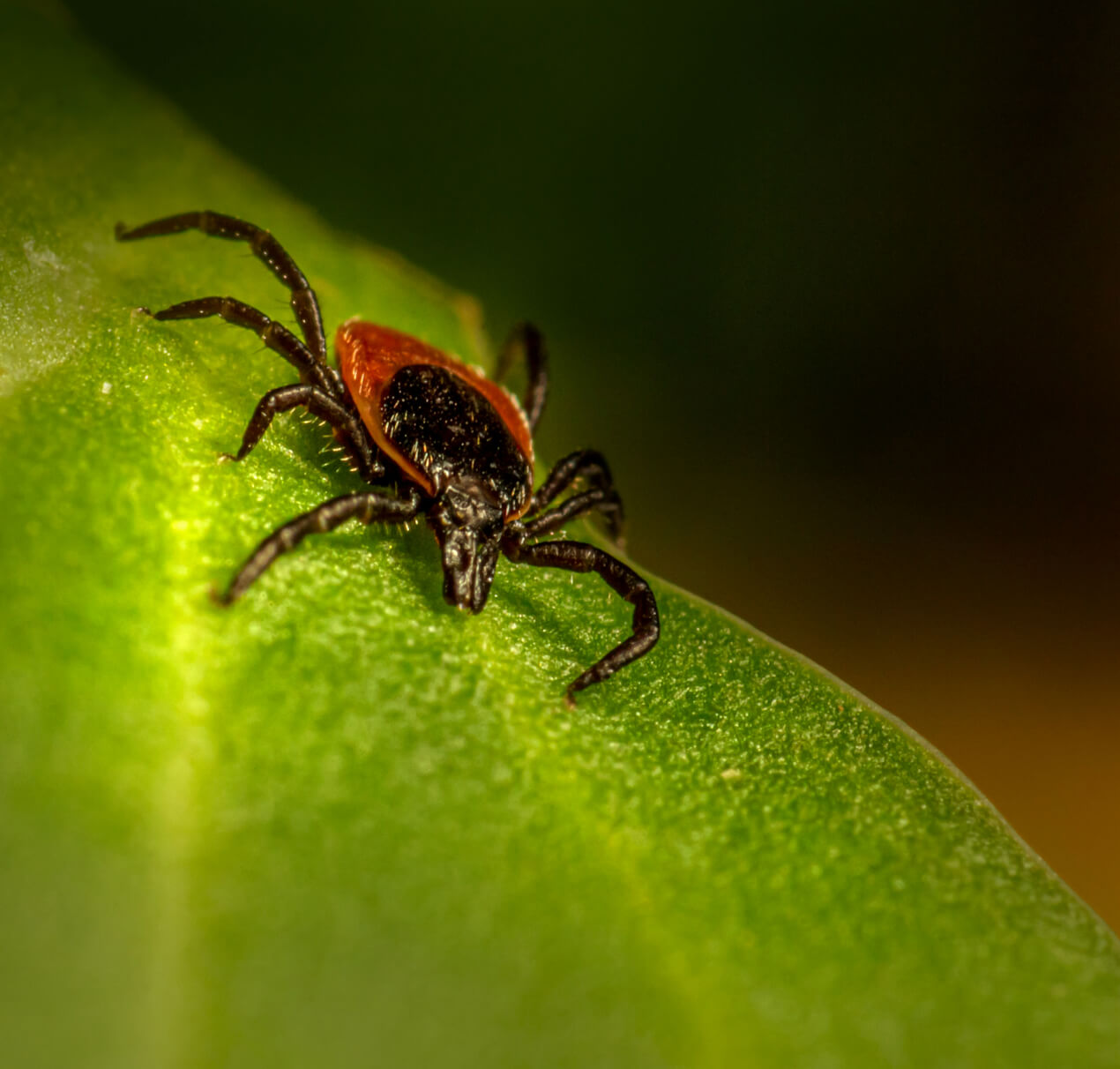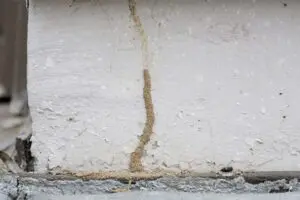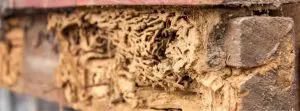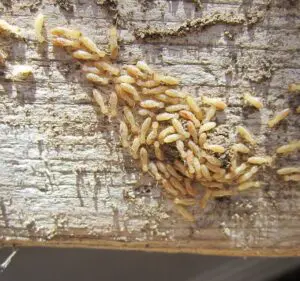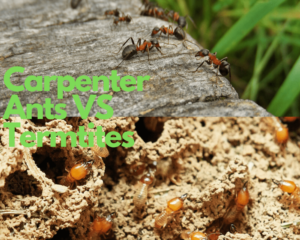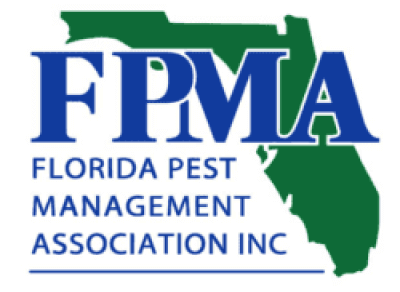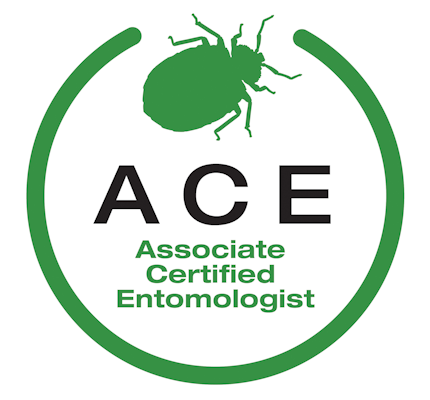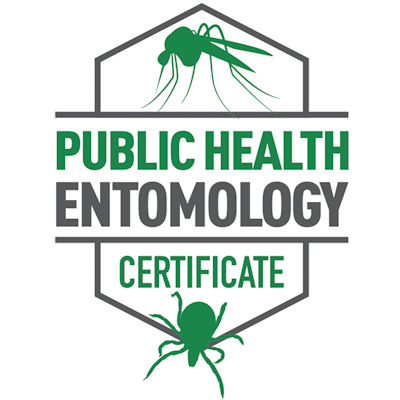Termite Treatment & Termite Control
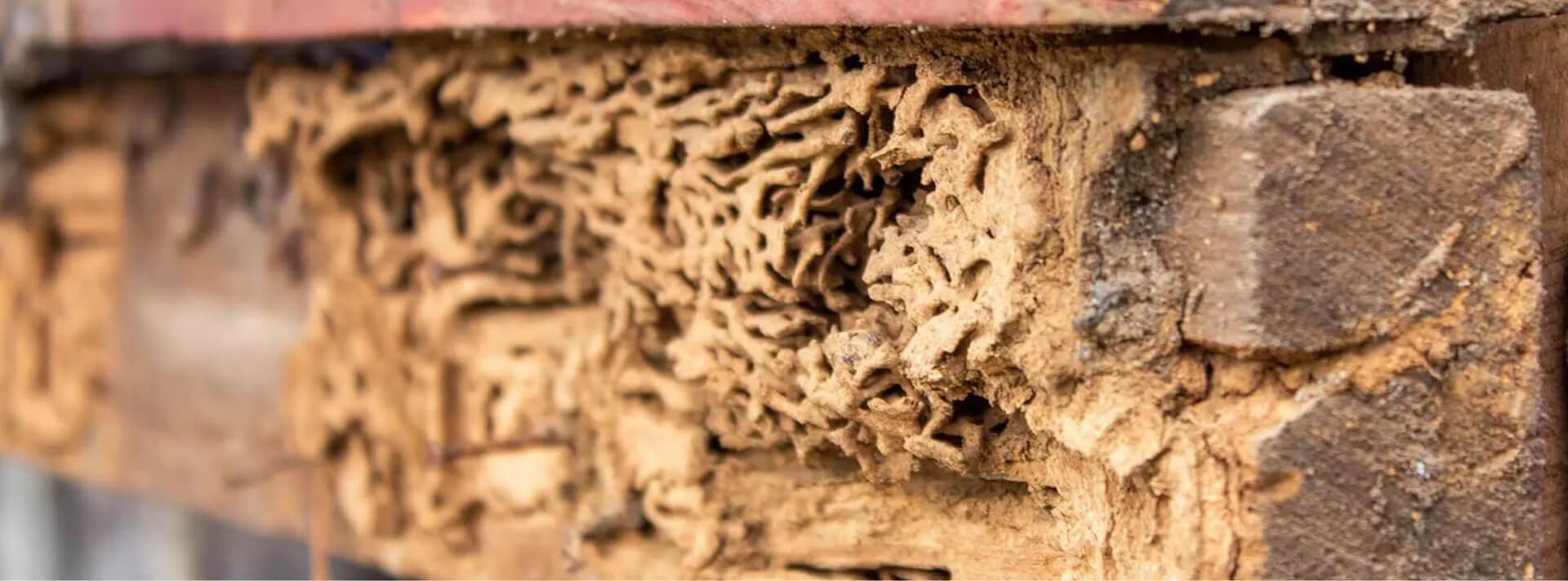
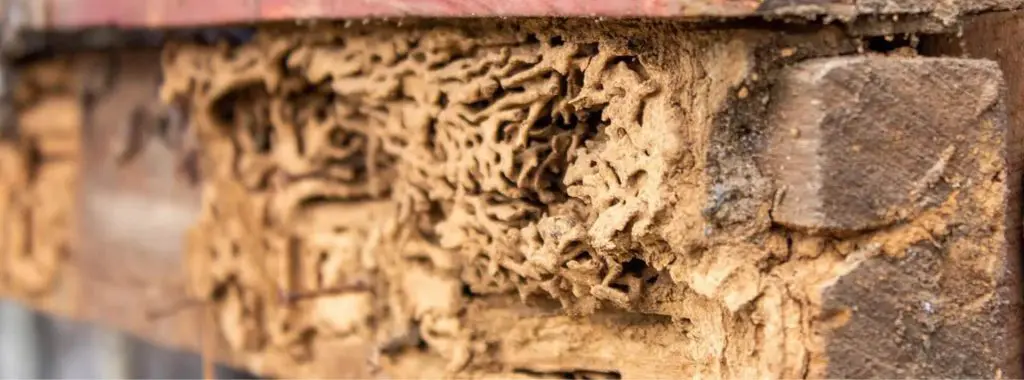
We use the latest methods to get rid of termites. We also get rid of stress termites.
Our Five Step Process for Keeping Termites Away
SERVICE
Sentricon® Termite Baiting System
- Sentricon® is the premier, eco-friendly, termite baiting system.
- Requires no trenching, drilling or digging.
- Termites take bait from stations strategically placed in the ground around your home or business.
- Eliminates all active colonies – including the queen.
- Continued use prevents future infestations.
- Backed by more than 60 scientific and 30 independent research studies
Frequently asked questions
Learn More About Termites
insights and tips on Termites.
Explore our Pest Library to discover how to identify and manage various other pests.
Your neighbors love us.
Pests, not so much.
“Not only is Thomas T a professional, he is very knowledgeable about termites and an expert in his field. He took his time in guiding me through the whole process. Highly recommended.”
“When we found out we had termites with a brand new house and 2 small kids, I was a wreck. Excel put me at ease when explaining the game plan to get rid of the termites, but was never selly or pushy — just knowledgeable, personable, professional, and really seemed to care that our house was taken care of. I signed up on the spot and even switched our normal pest control maintenance over to Excel — they’re good people and their prices are extremely reasonable! 100% call them!”
“Excel educated me thoroughly on what to look for when it comes to termites and carpenter ants, types of treatment and options. I was given the opportunity to make an informed decision. He adjusted the service to meet my specific needs and that flexibility was really helpful.”
If pests come back so do we. Guaranteed.
Talk to us today.

